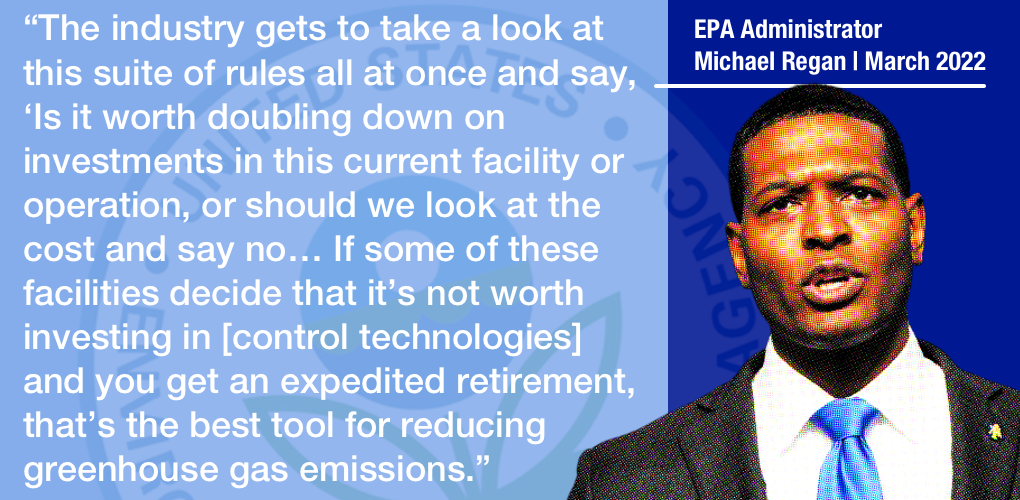
The Grid Braces for EPA’s Blitz of Rules
With news leaking that as many as four of EPA’s rules targeting the coal fleet will be finalized next week, including the so-called Clean Power Plan 2.0, EPA is delivering a cumulative and decisive blow to the nation’s grid reliability it has refused to acknowledge or analyze in its rulemakings.
While EPA has downplayed the impact of each of its rules, asking for each to be viewed in isolation, its strategy has always been to deliver a cumulative knockout punch to force accelerated plant retirements. And it’s poised to deliver that punch precisely as concern over the perilous state of the nation’s power supply reaches a fever pitch.
It’s only April but the Electric Reliability Council of Texas (ERCOT) is already facing tight operating conditions and has asked power generators to hold off on scheduled maintenance to ensure it has enough dispatchable capacity available to meet demand. Needless to say, tight operating conditions in spring don’t bode well for the summer heat to come. Last summer, power demand in Texas set 10 new records. And demand is only expected to rise higher and faster.
Pablo Vegas, CEO of the ERCOT, recently told a conference that studies show Texas could need 25,000 megawatts of new generation capacity in five or six years. “That’s like adding another whole Dallas-Fort Worth to the state,” Vegas said.
Providing that scale of capacity – while also replacing a significant portion of the state’s dispatchable capacity, thanks to the EPA – will be a colossal challenge.
Across the country, grid operators and utilities are facing daunting demand projections and an onslaught of EPA rules that are remarkably out of touch with on-the-ground reality.
“What keeps me up at night is the winter of 2032,” Richard Dewey, CEO of the New York Independent System Operator, said at the same conference. “I don’t know what fills that gap in the year 2032. It feels like that’s a long way away, but that’s like tomorrow,” he said considering the timeframes required to bring new generating capacity and enabling infrastructure online. If what we’ve seen in draft rules holds, that date also happens to be when EPA hopes to effectively eliminate what remains of the coal fleet with the Clean Power Plan 2.0.
New renewable capacity, battery storage and high-voltage transmission lines simply aren’t being built fast enough to fill the gap opening between the power supply we have and what we will need. And EPA’s unwillingness to grapple with that reality and provide the flexibility to ensure the grid has the tools required to maintain reliability is a slow-motion trainwreck the nation’s grid operators and reliability regulators seem powerless to stop.
Our energy reality under this administration is a well-orchestrated plan to tear down the existing generating capacity we have and need, with zero planning or ability to replace it anytime in the near future.
As The Wall Street Journal observed in a recent editorial, titled “The Coming Electricity Crisis,” surging power demand and its collision with EPA’s blitz of rules is “pushing the power grid to what could become a breaking point.” The deeply unsettling question grid operators and the nation’s reliability regulators are likely to ask in the wake of EPA’s announcements next week is if it’s already here.
- On April 17, 2024
